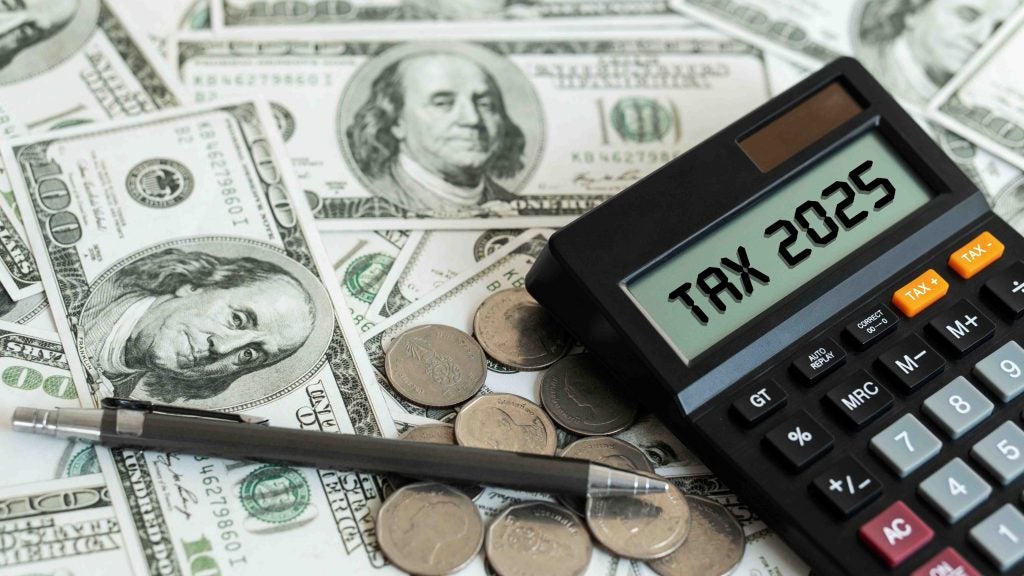The wealth and asset management arm of French banking group BNP Paribas has reported a pre-tax income of €170m for Q3 2019.
This marks a 19% surge from last year’s income of €143m ($159.7m).
The unit’s revenues for the three-month period ended 30 September 2019 were €803m, up 2% from €791m in the same quarter of 2018.
Operating income at the division increased 15% to €157m from €136m over the period.
Operating expenses dropped 1% year-on-year to €649m, which was said to be primarily due to transformation measures in Asset Management.
As of 30 September 2019, Insurance and Wealth and Asset Management’s assets under management were €1.11 trillion.
The figure is a rise of 8% from end-December 2018, mainly driven by inflows of €13.8bn from Wealth Management in Asia, Belgium, and Germany.
Assets under management broke down as follows: asset management (€436bn), wealth management (€385bn), insurance (€260bn), and real estate services (€30bn).
Group lags
The banking group’s net income attributable to equity holders was €1.94bn in Q3 2019, a 9% decrease from €2.12bn a year ago.
The group’s revenues of €10.89bn in Q3 2019 were 5% higher than the previous year.
Operating income at the group increased 10% over the period to €2.63bn, while operating expenses rose 2% to €7.42bn.
BNP Paribas CEO Jean-Laurent Bonnafé said: “BNP Paribas delivered this quarter a net income of 1.9 billion euros. Revenues were up in the three operating divisions thanks to business growth. Operating expenses were well contained and benefitted from the transformation plan, generating a positive jaws effect in all the divisions.
“The cost of risk was still low. The common equity Tier 1 ratio reached 12.0%, illustrating the Group’s solid balance sheet.”







